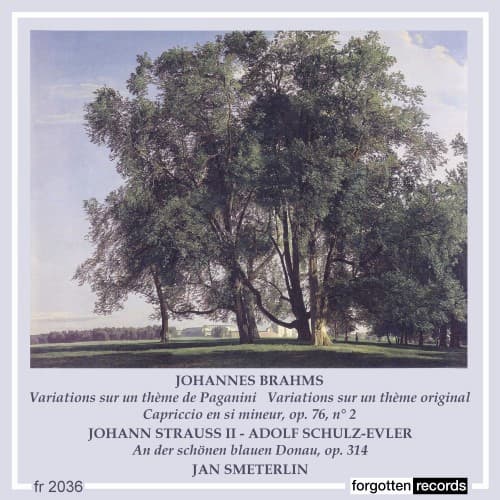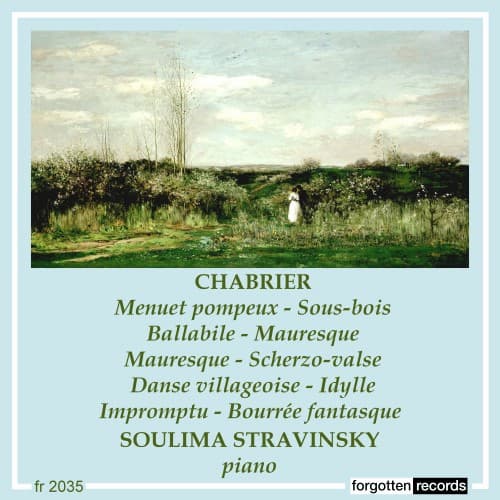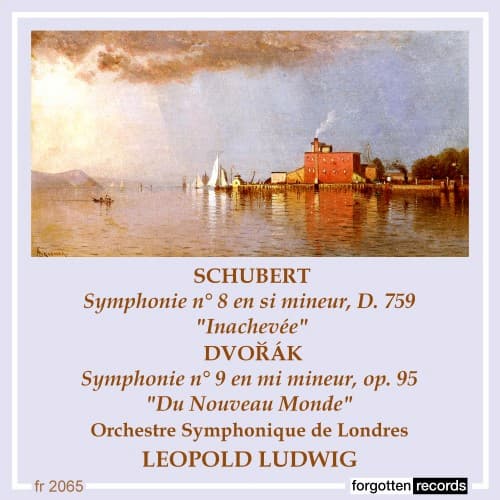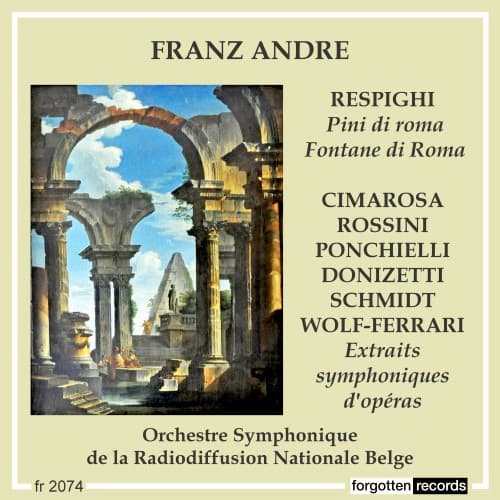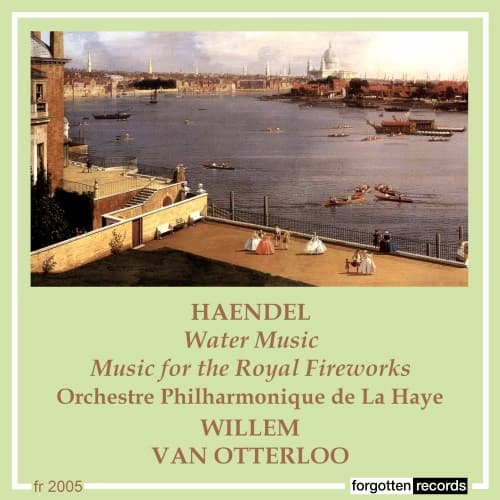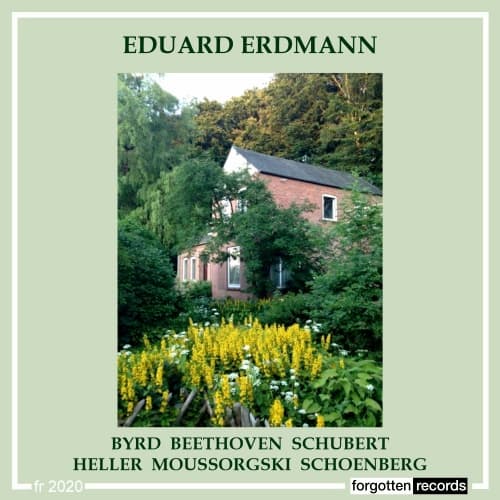One of the most famous of the waltzes written by Johann Strauss II was his An der schönen blauen Donau, Op. 314. By the Beautiful Blue Danube, or The Blue Danube Waltz as it’s more commonly known. It had its
Forgotten records
The composer Francis Poulenc loved the music of Emmanuel Chabrier (1841-1894), as did Debussy, saying once after a performance of Chabrier’s Ode à la musique ‘…I love this music so much that I want to hear it again.’ Chabrier was
In December 1822, Franz Schubert (1797-1828) was awarded a Diploma of Honour from the Styrian Music Society in Graz. As a way of saying thank you, he sent two movements of a symphony he was working on, noting that it
César Franck (1822–1890) was a true international composer: he was born in Belgium, was a French citizen by choice, and may have even had a bit of German in his remote past. His musical skills were recognized early and exploited
The legend of the Swiss hero William Tell was the basis for Giaochino Rossini’s 1829 opera, Guillaume Tell, as through the hands of a play by Friedrich Schiller, Wilhelm Tell, and a libretto by Victor-Joseph Étienne de Jouy and L.
The powerful start to Beethoven’s Fifth Symphony has meant various things over the centuries. During his time, according to his assistant, the music was taken to signal Fate knocking at the door. During the second world war, it was a
When George Frideric Handel (1685-1759) first arrived in London in 1711, it was to oversee the staging of his new Italian opera Rinaldo. At the time, he was employed as the Kapellmeister in Hanover but was permitted to take 8
William Byrd (c. 1540–1623), although a Catholic in Protestant England under Elizabeth I, made his career as the greatest English composer of his era. Although his early studies are not fully known, it is believed that he studied in London

